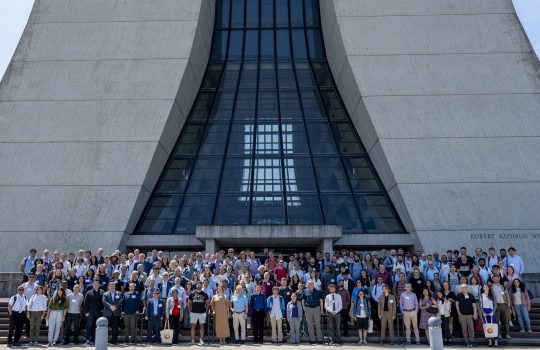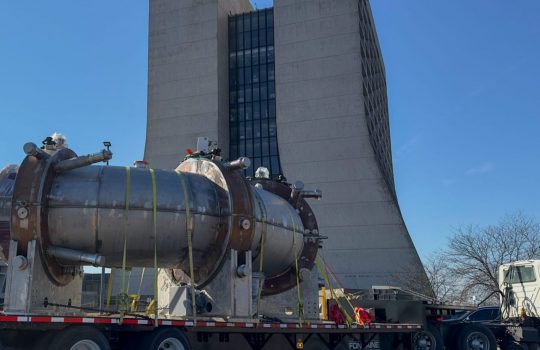Monmouth College students spend their summer at Fermilab physics laboratory
WQAD, ABC Davenport-Rock Island and Moline
Three students worked with Mu2e scientists with their research into how subatomic particles called muons can spontaneously convert into electrons.


